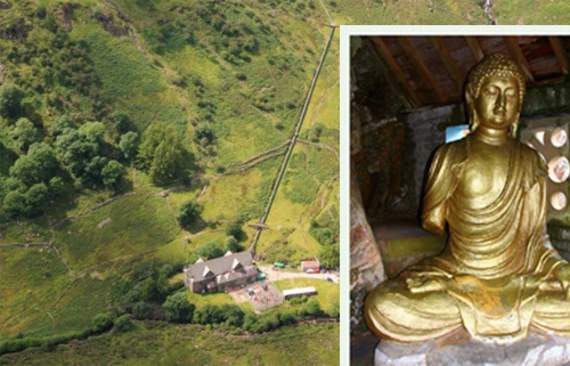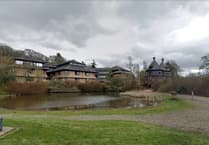This December marks the 15th anniversary of the completion of Cadw’s national survey of listed buildings.
The survey saw inspectors scour the country to find buildings worthy of being granted listed status. Hundreds of new listings have been granted since the survey was first completed in 2005 — bringing Wales’ current number of protected buildings to 30,036.
When Cadw was formed in 1984, it took responsibility for identifying buildings for listing in Wales — with each chosen for its unique history, architecture or age; not to mention the special value held to Welsh communities. Indeed, listed buildings are a unique source of information about Wales’ past — but not all structures are as conventional as one might expect.
Cadw has revealed seven of the quirkiest buildings they’ve listed to date, and two of them are here in Gwynedd.
Wales’ very own slice of Italy, Portmeirion was designed and laid out by the celebrated architect, Sir Clough Williams-Ellis, following his purchase of the estate in 1926. In 1963-64, a shelter was specially erected in Portmeirion to house an over-life-size Buddha statue that was used during the filming of 1958’s The Inn of the Sixth Happiness, starring Ingrid Bergman. It is one of many listed structures designed by Williams-Ellis for this visionary village.
It was recognised as a Grade II listed building in January 1971 (amended by Cadw in August 2002)
Nestled in the spectacular Glaslyn Valley, the pioneering, hydro-electric Cwm Dyli Power Station, Beddgelert was built in 1906 to serve electric to three surrounding quarries.
Nicknamed ‘the chapel in the valley’ due to its basilica-style design, the large, rectangular hydro-electric turbine house was Britain’s first to use Alternating Current (AC) — praised as a ‘triumph of modern transmission’.
In fact, it is the oldest working power station in Britain and possibly the oldest hydro-electric power station in the world. It was recognised as a Grade II* listed building by Cadw in November 1998
The others in the top seven include a lump of coal, the largest in the world, in Tredegar, Hayes Island Toilets, Cardiff, Glyntaff Columbarium, Pontypridd, the AA Box 161, Nantyffin and the Court Road Industrial Estate Sign, Llantarnam.




